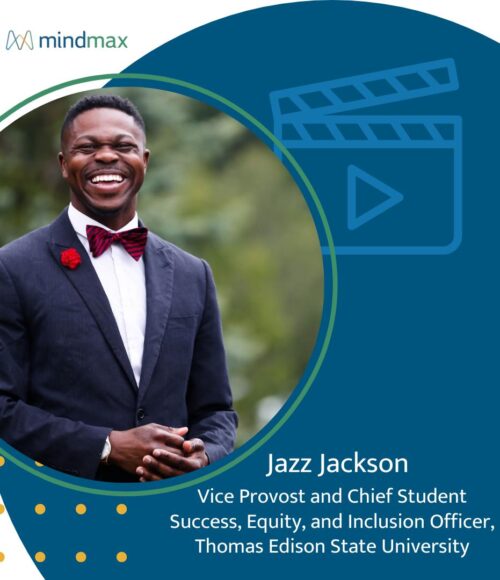Is Higher Ed Catching Up with the 21st Century?
Why does it still surprise me when schools announce they are “exploring” the efficacy of online learning? How is it possible that 70.8% of academic leaders surveyed last year report that online learning is critical to their long-term strategy yet only 28.0% say that their faculty accepts the value and legitimacy of online education?
Having helped many corporations put training content on interactive videodisks and CD-ROM in the 1990s, I’ve been hearing and answering the same concerns for two decades.
Questions that should be laid to rest
In those early days, when reporting was difficult, local network bandwidth was truly limited, and student—and faculty—acceptance of learning-with-technology was varied, there were many valid questions. However, some major advances in technology and shifts in culture have eliminated many issues.
Let’s address a few of those questions directly, and hopefully, put them to rest.
1. Don’t certain subjects lend themselves more to classroom versus online instruction?
Each has its strengths, but now almost any course can also be adapted to online. What often happens is that a blended program may be developed to leverage the on-campus experience for courses where that is beneficial.
2. Can you really teach soft skills online?
When you have a soft skills expert online, modeling behavior, and the student’s ability to practice over and over at his/her own speed, with immediate feedback, you can teach skills such as decision-making, organizational culture, listening and speaking, and negotiation. Video analysis software is a further enhancement.
3. What about student interaction?
Where will a person interact more—in a lecture hall with 300 others, or sitting at a personal screen where everyone has an equal chance to type a response, respond to another student, and/or raise a question? In fact, what you have here is potentially heightened student interaction, plus a record of the conversation string. (All the better to chart student participation.)
4. Will the student data be secure for privacy issues?
Courseware and student-college communication are now as secure as your online bank account.
5. Is it more expensive to create and deliver online programs?
The cost of producing a single course can vary widely, but the capacity for reuse should be considered when pricing courseware development. A course can be reused for several years, and multiple segments of several courses can be recombined for multiple purposes. Infrastructure costs are reduced, and courses can be offered more frequently and taught by teams of teachers across the globe.
Technology Means Ease of Use
The explosion of the Internet and the ubiquity of broadband access have changed the playing field. Additionally, our devices pack so much processing power that we can choose seamlessly between real-time streaming of video and downloading large files for access offline. All of this can be done with relatively minimal impact to a network.
The impact of these advances to online learning include:
- Almost anytime, anywhere access to content
- Constant connectivity to others through social media and “in-course” channels
- Few, if any, rich media restrictions
- Hundreds of good and bad examples of instructional design (including too much multimedia, “just-because-we-can”)
- Ability to gather and feed data to the class or instructor using Smartphone cameras or texts
- “Big data” analytics that will enable trend analysis and continually improve learning programs
Culture—Familiarity Breeds Comfort
Cultural advances have been just as significant. Learners of all ages are comfortable with the online content. With this ease comes:
- Minimal need for directions since most students are familiar with navigating content online
- Extending “class” experiences to social interactions (chats, discussions, ratings, polls, etc.), that deepen engagement (and therefore increase retention and completion rates)
- Faster response times since most of us are online for longer periods of time
- Smoother transitions to workplace learning
Bring on a new set of questions!
Many of these questions come from trying to compare online learning to classroom instruction. We now know that the set of conditions and experiences for online courses are entirely different from those in the classroom and provide a significant advantage to both the student and the school.
So, instead of working on answering questions from the early days of online learning about the how and why of online offerings, we should be talking about what else? What more can we be doing with the expanded connectivity, decreased geographical boundaries and increased access to data? What can other means of packaging and delivering learning produce the best results for all concerned?
Related Ideas
Jazz Jackson Wants to Help Every Student Finish What They Start

John Robichaux Wants Lifelong Learning to Drive Public Impact
